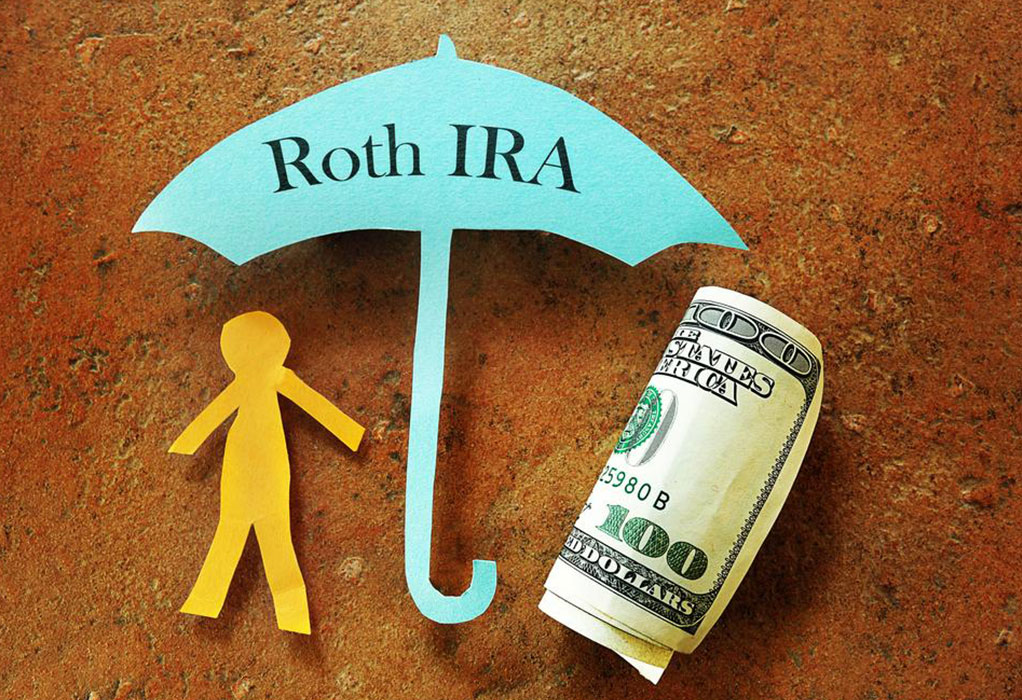Essential Guide to Individual Retirement Accounts (IRAs)
Learn key facts about IRAs, including types, contribution limits, tax implications, and withdrawal rules. This guide helps you understand how IRAs can bolster your retirement savings strategy, with tips on maximizing benefits and avoiding penalties. Consult a professional for personalized advice to optimize your retirement planning and tax advantages.

Essential Guide to Individual Retirement Accounts (IRAs)
An Individual Retirement Account (IRA) offers a strategic way to save for retirement while enjoying various tax advantages. There are two main types based on tax treatment of contributions: Traditional IRA and Roth IRA. Contributions to a Traditional IRA are tax-deductible, but taxes apply upon withdrawal, whereas contributions to a Roth IRA are made with after-tax dollars, and qualified withdrawals are tax-free. Eligibility for tax benefits depends on your Modified Adjusted Gross Income (MAGI).
As of 2016 and 2017, those under 50 can contribute up to $5,500 annually, with an extra $1,000 allowance for those over 50. You can contribute to both Traditional and Roth IRAs, but total contributions should stay within the annual limit. IRAs can be opened in conjunction with employer-sponsored retirement plans, which may influence tax deduction eligibility for Traditional IRA contributions.
It is advisable to consult a tax professional before making decisions regarding IRA contributions. Withdrawals before age 59.5 typically incur a 10% penalty plus regular taxes, except in cases like death, qualified medical expenses, disability, or education costs. IRAs do not permit loans from the deposited funds.










